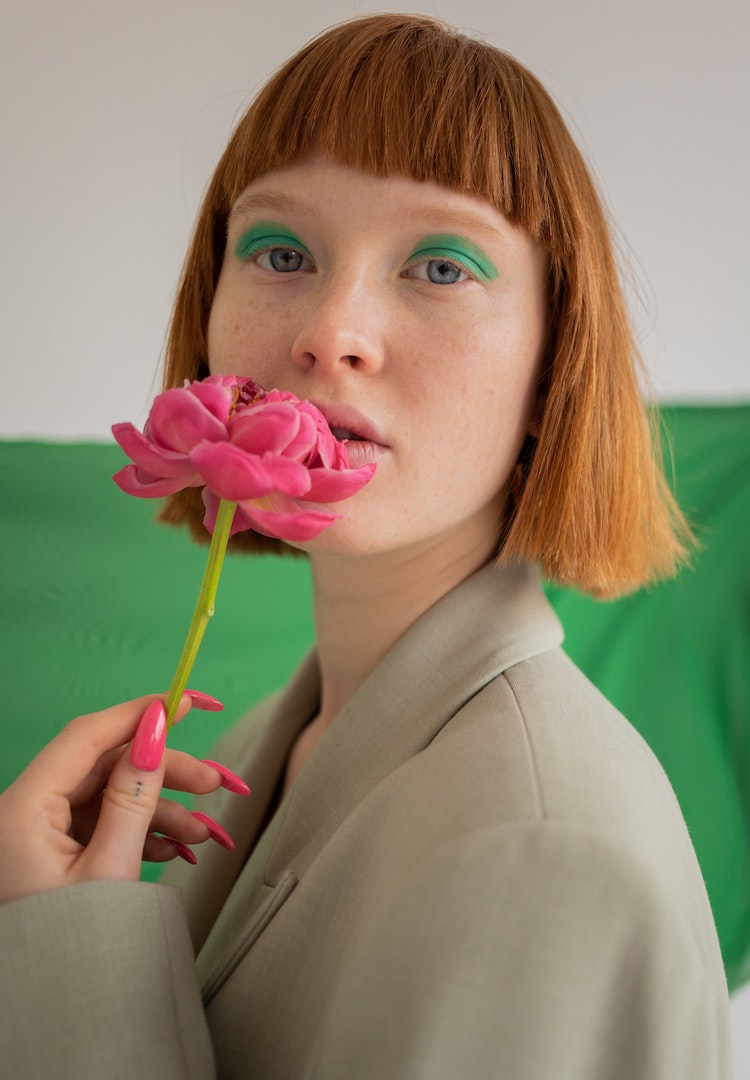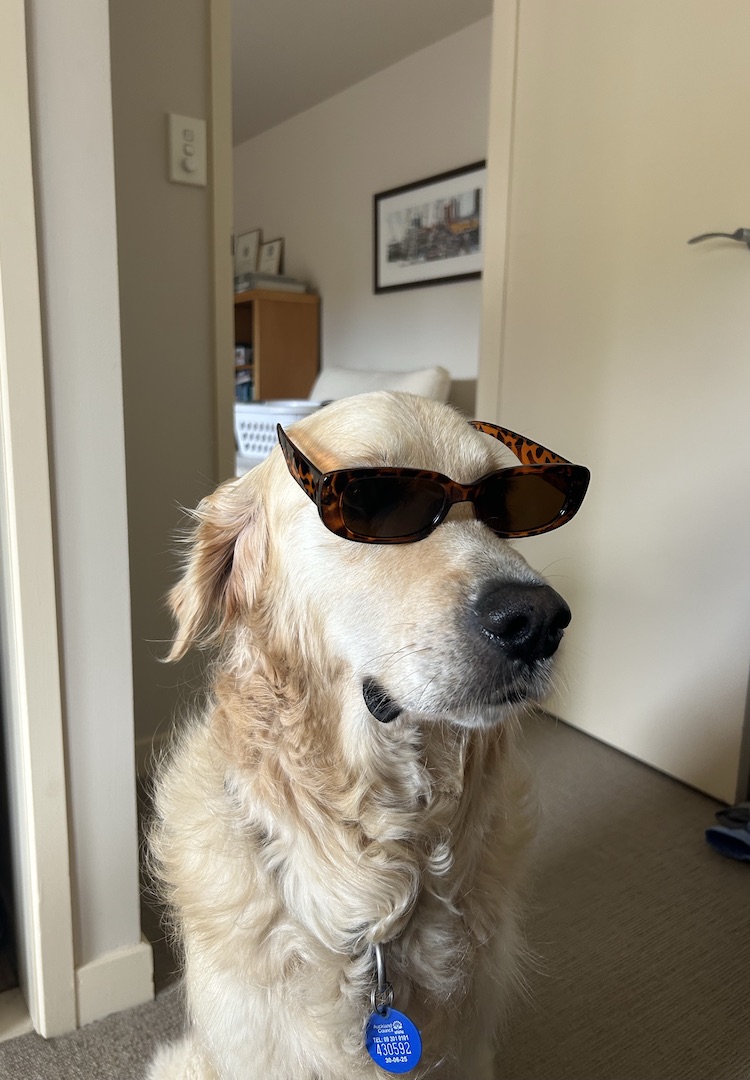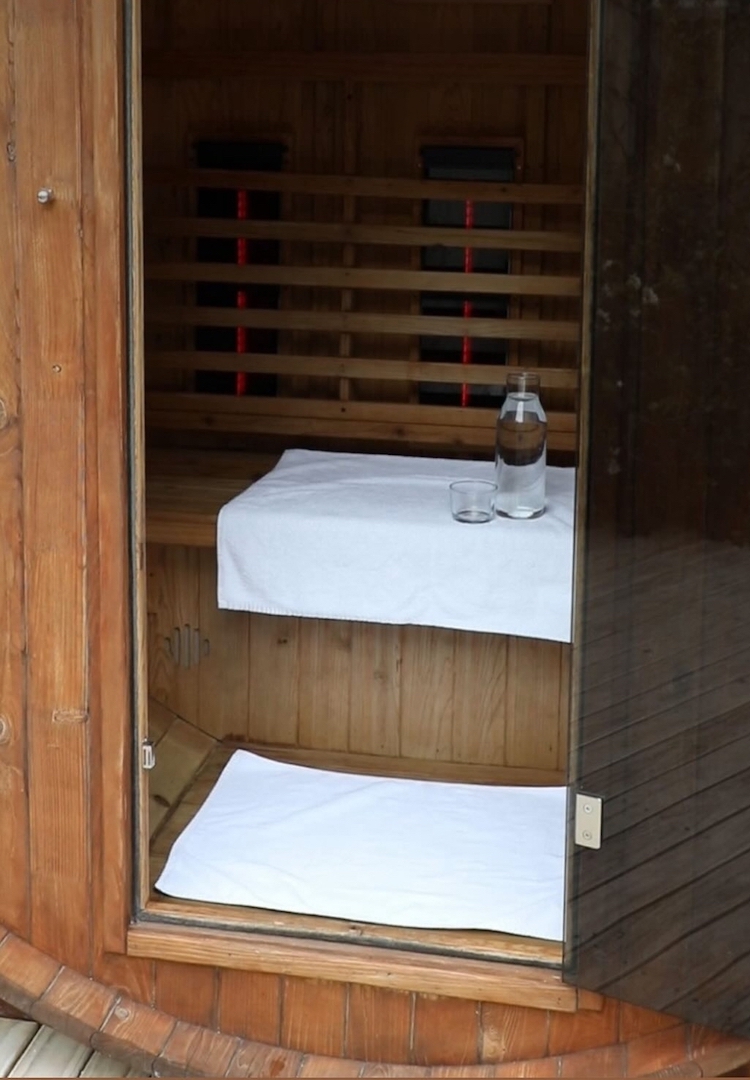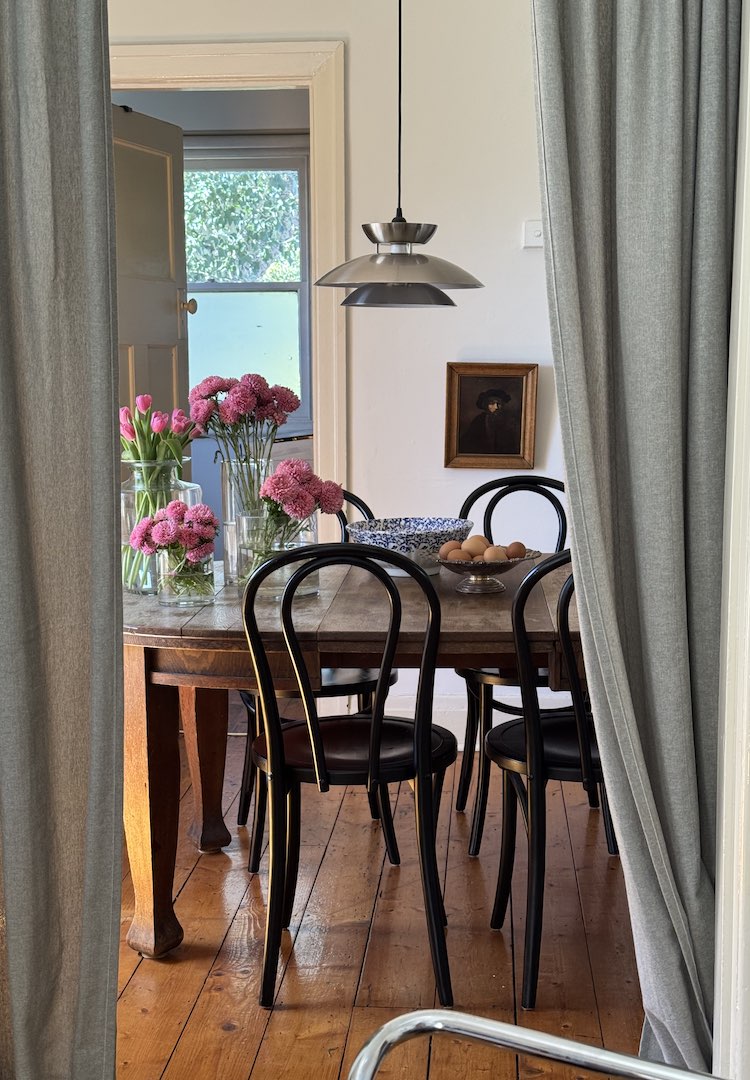What is the spotlight effect and is it making us all anxious?
WORDS BY SHAEDEN BERRY
Not everyone is staring at you.
A few years back, I used to live on the third floor of an apartment complex, with a tiny little balcony overlooking the street. Most weekends, I’d have the doors to the balcony open to let fresh air in while I lay on the couch and read books. One morning, as I curled up, I heard laughter from a group of young teenage girls as they passed by the complex down on the street. Instantly, for no reason, I thought, ‘They’re laughing at me’.
Now, I don’t need anyone to tell me how ridiculous this was (I couldn’t even be seen from the road), but I offer this embarrassing anecdote to illustrate the psychological phenomenon known as the spotlight effect. The spotlight effect is used to describe when people believe they’re noticed more than they really are.
Looking for more thought-provoking lifestyle content? Head to our Life section.
It occurs when someone overestimates how much they’re noticed by others. While you might think this is a symptom of someone who is overconfident and self-absorbed, often the spotlight effect goes hand-in-hand with social anxiety. It is often the people who wish to be noticed the least, who mistakenly believe everyone is staring at them.
Consider you’re wearing something a little different. Say, you’re not a hat person, but today you decide to pop one on your head for your afternoon stroll. You’re still feeling a little unsure as to whether or not you can pull off the hat look. The spotlight effect can cause you to spend the entire walk thinking everyone is staring at you, noticing your hat and thinking, ‘Well they clearly don’t suit hats’ (I may or may not be speaking from experience here).
What the spotlight effect causes is an egocentric bias, which is essentially a tendency to conflate other people’s viewpoints to our own. We end up believing other people’s perspectives are more like our own than they actually are. So when we walk around in a hat that we don’t feel totally confident in, we project these emotions onto other people and believe they too must be seeing what we’re seeing.
What we’re failing to consider is that the majority of people (f you’ll excuse the bluntness), don’t care about what you’re doing or how you look. Consider a study published in the Journal of Personality and Social Psychology in 2000. In this study, researchers brought in groups of students to complete tasks in the same room and, at random, assigned one student to put on an ‘embarrassing T-shirt’.
The researchers then asked the person wearing the shirt to estimate how many people they thought noticed it – they guessed 50 per cent. The reality? Only 25 per cent were able to identify it. In a second study, the number was reduced to 10 per cent.
I’m not quoting this social experiment to shame us socially anxious people who exist in a bubble of self-consciousness. It’s more to gently tap on that bubble; to help remind us much of our internal monologue is feeding us inaccurate information.
When you’re dealing with social anxiety, it can be helpful to have a framework to apply to the situation at hand. Putting a name to something (‘Ah, this is the spotlight effect I’m experiencing’) can be the first step in putting some distance between you and your intrusive thought. Distance is sometimes exactly what we need to get ourselves out of our own heads.
I’m reminded of something my mum told me when I was a teenager and my experience of the spotlight effect was at its highest: “Everyone always thinks everyone else is looking at them… if everyone is always thinking everyone is looking at them, then nobody is really looking at anyone.”
Look, it’s not the most eloquently put – but clunky wording aside, I understood what my Mum was trying to tell me. If everyone is wrapped up in their own heads and living their own lives, they’re not paying attention to anyone else.
This helps me when I think my shoes are squeaking too loudly when I walk down the corridor at work. No one else is hearing that almost minuscule squeak and judging my choice of footwear. They’re all too busy, well, working. So go ahead and try out that new hat on your next stroll. No one is looking at you, I promise.
For more on the spotlight effect, head here.













